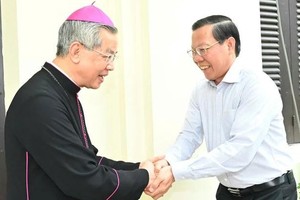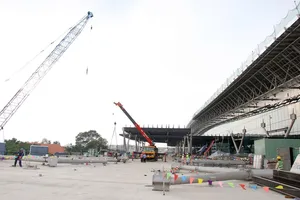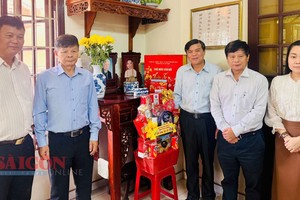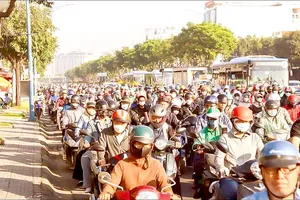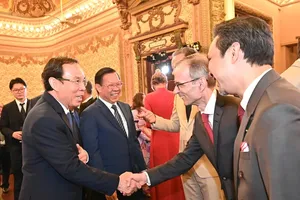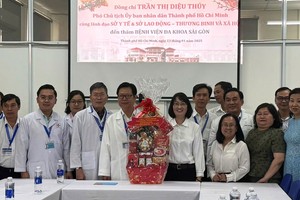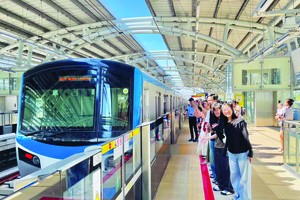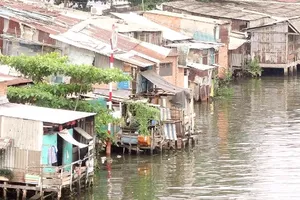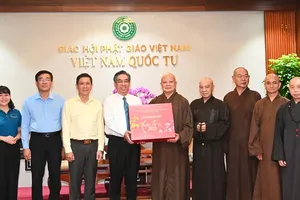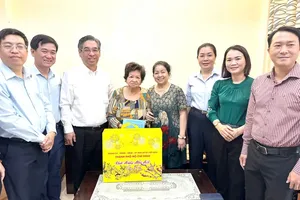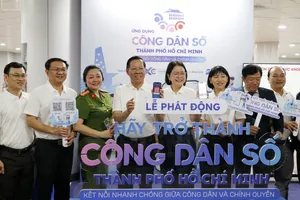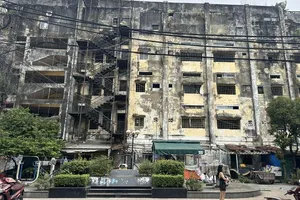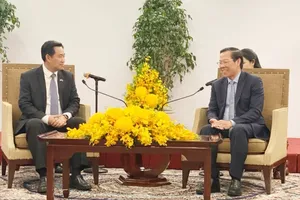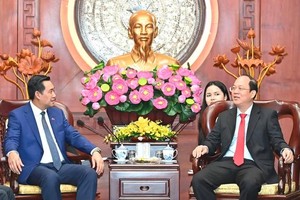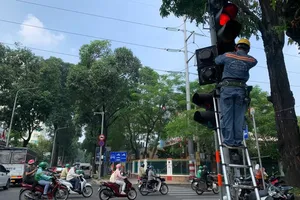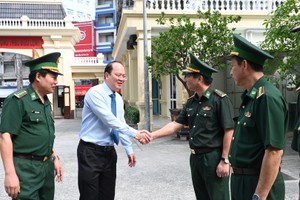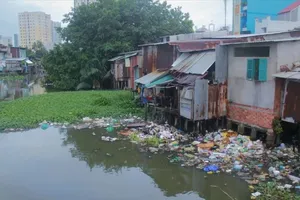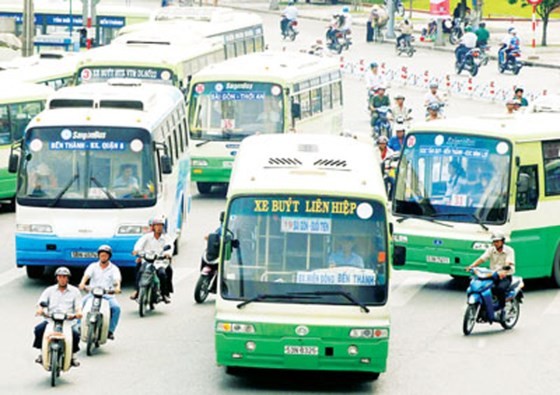
According to the department’s study, the number of BRT passengers will approximate 17,700 in the first year of its operation, much lower than a previous forecast number of 24,700 passengers.
The number is not higher than that of normal bus routes now and even lower than that of some routes while BRT investment expenditure is very large.
If HCMC opens high quality bus routes, it will not need to invest in BRT system comprising BRT lanes, ticket control equipment, bus stops and infrastructures.
Urban - Civil Works Construction Investment Management Authority of Ho Chi Minh City (UCCI) said that four surveys of BRT models in Hanoi, South America, Europe and Asia showed that it is not suitable time for HCMC to develop BRT at present.
The city should provide high quality bus routes in Vo Van Kiet boulevard instead and upgrade thèm into BRT 5-10 years later.
Previously, the Prime Minister had approved six BRT routes in HCMC. The HCMC People’s Committee assigned UCCI to be the investor of the first BRT route through Districts 1, 2, 5, 6, 8, Binh Tan and Binh Chanh with the total length of 23 kilometers and total capital of US$144 million.
Currently, HCMC has three non-subsidy high quality bus routes from Tan Son Nhat International Airport to downtown areas, hospitals and big coach stations. Fare is VND20,000.
Busses operating in these routes meet Euro II emission standards and have cameras as well as a security system to ensure safety for passengers.
